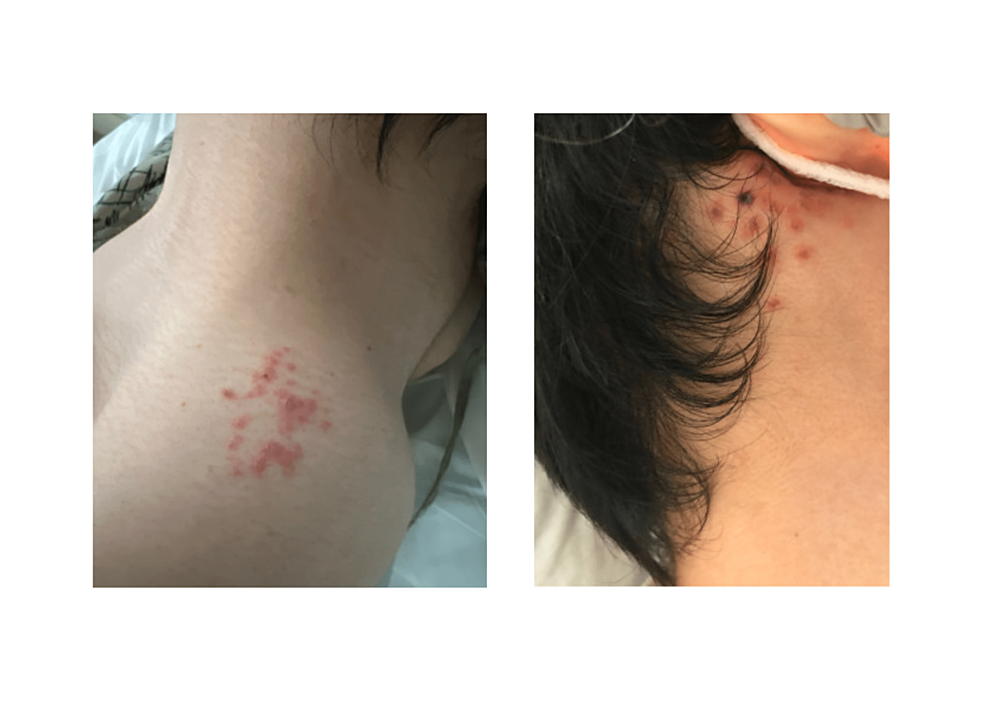Cryptococcal Neoformans and Varicella Zoster Meningitis in… Leave a comment

Cryptococcal neoformans (C. neoformans) and varicella-zoster (VZV) meningitis are opportunistic infections that are primarily seen in immunocompromised patients, including those with HIV, cancer, or receiving transplants. Despite treatment, infection in immunocompromised patients can be lethal, including those with T-cell dysfunction or deficiency. Whether innate immunodeficiencies also predispose to these infections remains less clear. Here, we report a case of disseminated C. neoformans and VZV meningitis in a young male with idiopathic hypereosinophilic syndrome and hypocomplementemia and no history of HIV infection, malignancy, or transplant. The patient presented with a pulsating headache, myalgia, joint pain, insomnia, night sweats, and subjective fever, along with clusters of vesicular lesions on his neck and back. A lumbar puncture and an MRI of the brain confirmed C. neoformans and VZV meningitis. Vesicular skin lesions proved to be VZV, and blood culture confirmed fungemia, suggesting disseminated disease. We investigated his medical history further to determine the underlying cause of his prior hypereosinophilia and current meningitis. The patient had idiopathic hypereosinophilia with high IgE levels, low complement levels, high rheumatoid factor levels, and an intermittent rash dating back two years, which had been treated intermittently with prednisone and hydroxyurea, with the most recent admission three weeks prior to this admission. Prior to admission, the patient had a peak absolute eosinophil count of 18.6 x103/uL. The patient was discharged on a daily dose of 60 mg of prednisone without hydroxyurea. In further evaluating his immune status, we found he was HIV-negative, with a normal CD4 count and high IgE. We also tested lymphocyte subsets and proliferation, which showed a low CD16/56 level, suggesting possibly reduced natural killer (NK) cell quantity. The patient responded well to acyclovir, amphotericin, and flucytosine therapy. After follow-up cerebrospinal fluid (CSF) and blood cultures were negative, the patient was discharged with fluconazole as maintenance therapy.
Source


